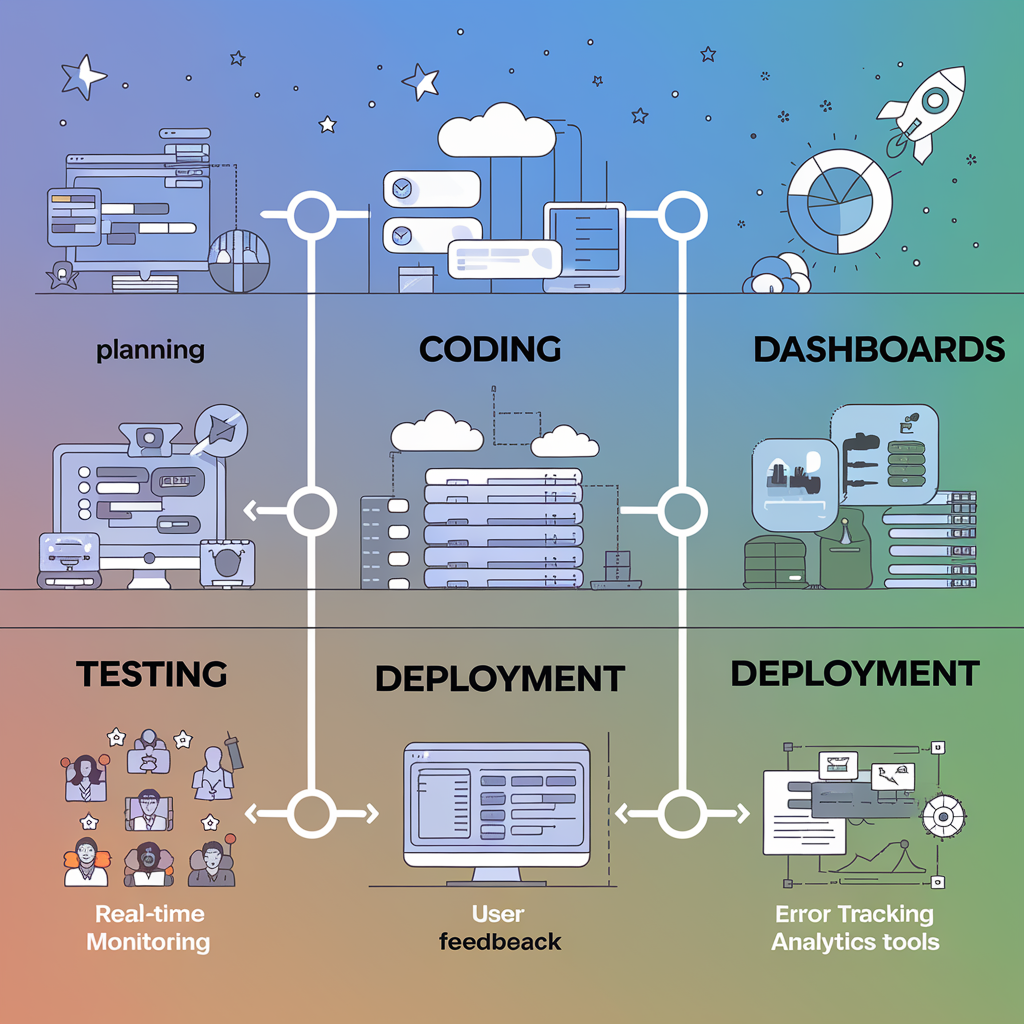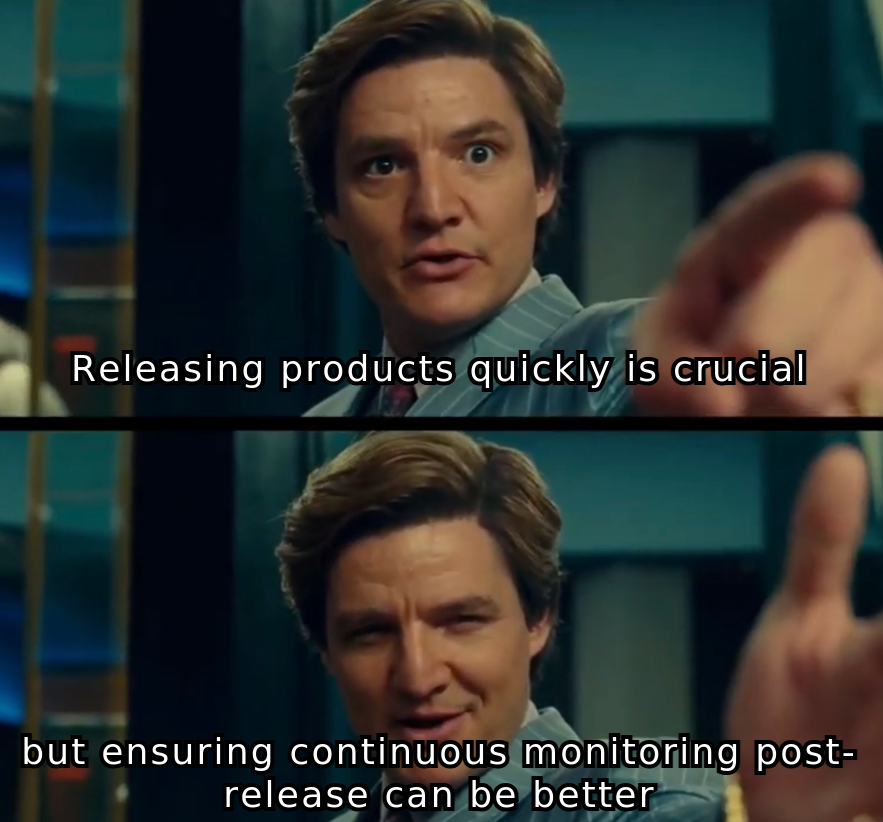|
Getting your Trinity Audio player ready...
|
In today’s fast-paced software development landscape, releasing high-quality products swiftly is crucial. However, did you know that up to 40% of production issues go undetected during pre-release testing? This is where Shift-Right Testing, combined with Observability, comes into play. By continuing to monitor and test applications in real-world conditions post-release, this innovative approach helps identify and resolve issues that traditional testing methods might overlook.

What is Shift-Right Testing?
Traditionally, we’ve been focused on testing before a product goes live, known as “shift-left” testing. However, bugs or performance issues can still occur once the software is released. Shift-right testing enables the continuation of testing even after the product is live in the production environment. This way, we can understand how users interact with the software in real time and catch problems faster.
Key Concepts of Shift-Right Testing
- Testing in Production: Instead of only testing in a controlled lab, we observe how the software behaves in real-life scenarios.
- Focus on Real Users: By watching real users interact with the product, we gather insights on performance issues, unusual behavior, or anything that doesn’t go as expected.
- Continuous Feedback: Real-time feedback from the live system enables teams to swiftly identify and address issues, ensuring continuous improvement.
The Importance of Observability
Observability is what makes shift-right testing possible. It’s all about measuring the software’s behavior by collecting data such as logs, metrics, and traces.
- Logs: These record detailed events that occur within the system.
- Metrics: These measure performance, like how fast a page loads or how many users are online.
- Tracing: This follows the flow of data through the system, helping us understand how different parts of the system interact.
Example: Observing Shift-Right Testing in an E-commerce Platform
Imagine a large e-commerce platform preparing for a holiday sale. For instance, during the event, an unexpected surge in traffic might cause slow checkout experiences—a scenario that pre-release testing failed to simulate.
By employing shift-right testing and observability tools like Datadog, New Relic, or Prometheus, the team can:
- Monitor Performance: Track response times and identify slow components during peak traffic.
- Trace User Journeys: Analyze checkout workflows to identify bottlenecks, such as slow payment gateways.
- Receive Alerts: Real-time alerts help teams act proactively, ensuring minimal impact on users.
This approach helps pinpoint issues in live systems and resolve them quickly without disrupting business operations.

Top Observability Tools for Shift-Right Testing
To make shift-right testing easier and more effective, teams can use Datadog, a popular observability tool for monitoring software in real time.
Datadog unifies critical observability data—metrics, logs, and traces—into a streamlined platform for comprehensive monitoring. Here’s how it helps:
- Metrics: Track how well your software and systems are running, including performance and resource usage.
- Logs: Collect and analyze log files to spot problems, errors, or unusual behavior.
- Traces: See how requests move through your system to find slow parts or performance issues.
- Alerts and Insights: Get alerts when something goes wrong and use the data to fix problems faster.
With Datadog, teams can quickly find and solve issues, helping to keep the software running smoothly and giving users a better experience.
Benefits of Shift-Right Testing and Observability
- Catch Problems Faster: Real-time monitoring enables teams to identify and address issues immediately, reducing the time between detection and resolution.
- Improve User Experience: We can monitor how real users interact with the product and improve their experience based on the data.
- Reduce Downtime: Real-time monitoring ensures that we fix problems before they affect many users.
- Confidence in Complex Systems: Modern applications, especially those built on microservices, are highly dynamic and complex. Shift-right testing with observability provides the necessary insights to ensure the system operates as expected, even under unpredictable conditions.
Stat: Organizations leveraging observability achieve up to 30% faster incident resolution times.
Challenges to Consider
Despite its advantages, shift-right testing and observability present a few challenges:
- Testing Risks: Performing tests in production demands caution to avoid negative user impact.
- Data Management: High volumes of logs and metrics require robust filtering and analysis to derive meaningful insights.
- Resource Overhead: Setting up observability tools and monitoring systems requires time and infrastructure investment.
- Skilled Expertise: Teams need proficiency in interpreting observability data and optimizing live testing processes.
Conclusion
Shift-right testing, supported by observability, empowers teams to catch issues in real-time, ensuring high-quality software even after it goes live. By continuously monitoring and improving based on real-world data, we can create more reliable and user-friendly products. As we embrace these modern testing strategies, we unlock new levels of efficiency and performance in software development.
Reference:
https://katalon.com/resources-center/blog/shift-right-testing
To learn more about Quality Engineering topics visit – https://engineering.rently.com/quality-engineering/
Quality Assurance Engineer
Rently

